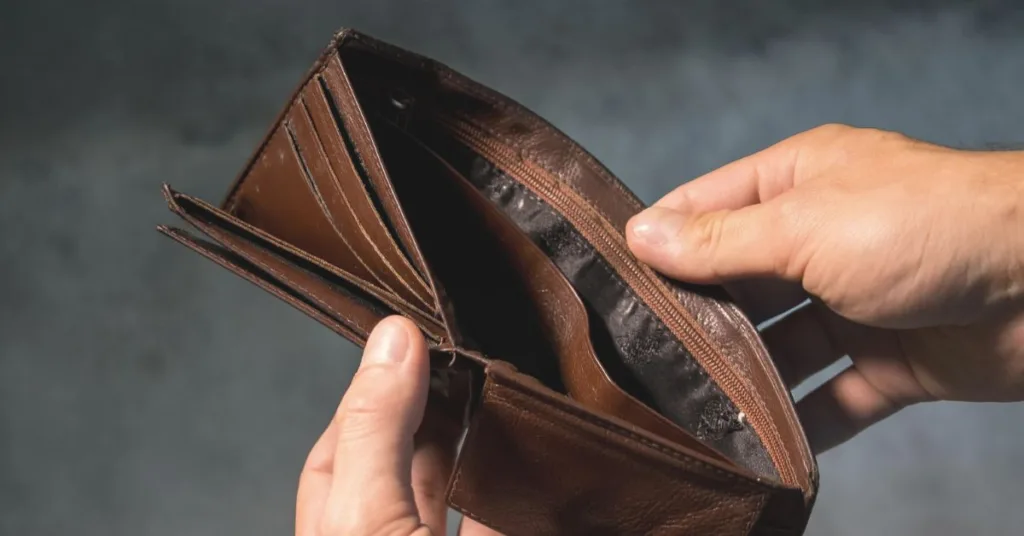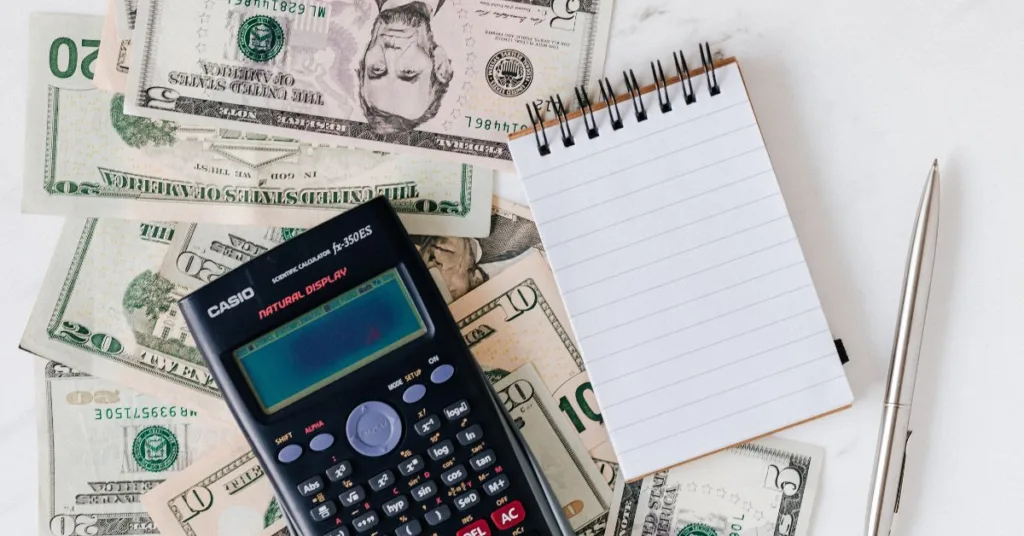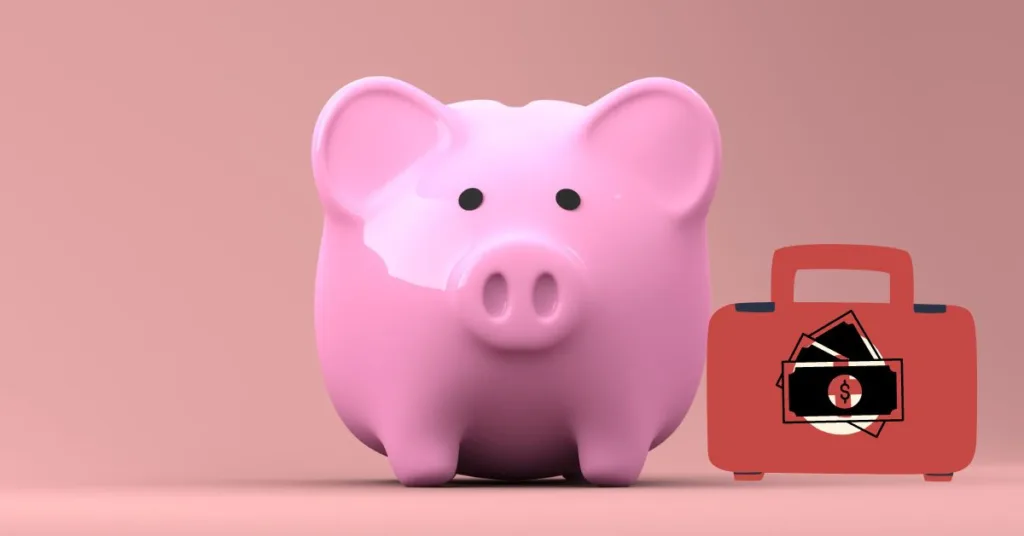This post may contain affiliate links to products or services. I may receive a commission for purchases made through these links with no cost on you. Please read my disclosure for more information.
Pay Yourself First budgeting is not just a strategy; it’s a mindset shift that can revolutionize the way you manage your money.
Maybe you have tried other budgeting methods such as the 50/30/20 rule, ZBB or the envelope system but they seem to be not suitable for you.
You can try the Pay yourself first budgeting, it’s another budgeting method you can implement in reaching your financial goals.
In this post, we’ll delve into what Pay Yourself First budgeting entails, its pros and cons, and provide practical examples to help you grasp its effectiveness.
WHAT IS PAY YOURSELF FIRST BUDGETING?
At its core, Pay Yourself First (PYF) budgeting is a simple yet potent concept: before allocating funds to expenses, investments, or savings goals, prioritize paying yourself.
This means setting aside a portion of your income for savings or investments as soon as you receive it, typically before any other expenses are paid.
PROS OF PAY YOURSELF FIRST BUDGETING
Forced Saving: By prioritizing savings upfront, PYF ensures that you consistently set money aside for your future goals, whether it’s an emergency fund, retirement, or a dream vacation.
Financial Discipline: PYF instills discipline in your financial habits. It compels you to live within your means and find ways to adjust your spending to accommodate your savings goals.
Compound Interest Magic: By starting to save and invest early, you harness the power of compound interest. Over time, your money grows exponentially, amplifying the benefits of your early savings efforts.
Reduced Stress: Having a financial cushion through savings can alleviate stress during emergencies or unexpected expenses. It provides a sense of security and peace of mind.
CONS OF PAY YOURSELF FIRST BUDGETING
Initial Adjustment: Shifting to a PYF approach may require adjusting your spending habits and possibly making sacrifices in the short term. It can be challenging to prioritize saving over immediate wants or desires.
Potential Oversights: If not carefully planned, prioritizing savings upfront could lead to neglecting essential expenses or debt obligations. It’s crucial to strike a balance between saving and meeting your current financial obligations.
Flexibility Constraints: Some months may be tighter than others, making it difficult to adhere strictly to a PYF approach. This rigidity can be a drawback for those with fluctuating incomes or unpredictable expenses.
HOW TO IMPLEMENT THE PAY YOURSELF FIRST BUDGETING
Implementing this method of budgeting requires a few practical steps to set up and maintain. Here’s a guide on how you can do this budgeting effectively:
1. Set Clear Savings Goals
Determine your financial goals, whether it’s building an emergency fund, saving for a down payment on a house, or funding your retirement.
Having specific goals helps you allocate the right amount to your savings each month.
2. Start Small and Increase Over Time
If saving a significant portion of your income seems daunting, start with a smaller percentage and gradually increase it as you become more comfortable with the process.
Even saving a small amount consistently can add up over time.
Tip: Allocate a fixed percentage of your income, say 5%, 10% or 20%, to savings or investments each month. As your income fluctuates, so will your savings contributions, ensuring consistency regardless of your earnings.
3. Automate Your Savings
Take advantage of automation tools provided by banks or financial institutions.
Set up automatic transfers from your checking account to your savings or investment accounts on your payday.
This ensures that a portion of your income goes directly to savings before you have the chance to spend it elsewhere.
Tip: Consider opening a separate savings account specifically for your PYF contributions. This separation can make it easier to track your progress towards your savings goals and reduce the temptation to dip into those funds for other purposes.
4. Prioritize High-Interest Debt
If you have high-interest debt, such as credit card debt, consider prioritizing paying it off before focusing on other savings goals.
While it may not align perfectly with the PYF principle, eliminating high-interest debt can free up more money for savings in the long run.
5. Track Your Expenses
Keep track of your expenses to identify areas where you can cut back or optimize your spending.
Use budgeting apps or spreadsheets to monitor your income and expenses regularly. This awareness can help you make informed decisions about where to allocate your money.
6. Adjust Your Lifestyle
Evaluate your lifestyle and identify areas where you can cut back on non-essential expenses.
Whether it’s dining out less frequently, cancelling unused subscriptions, or finding ways to save on utility bills, small adjustments can free up more money for savings.
7. Celebrate Milestones
Celebrate your savings milestones along the way to keep yourself motivated.
Whether it’s reaching a certain savings target or consistently sticking to your PYF budgeting plan for a set period, acknowledging your progress can help reinforce positive financial habits.
8. Review and Adjust Regularly
Periodically review your budget and savings plan to ensure they align with your current financial situation and goals.
Life circumstances and priorities may change over time, so it’s essential to be flexible and adjust your plan accordingly.
9. Educate Yourself
Continuously educate yourself about personal finance topics and investment opportunities.
Understanding different saving and investment options can help you make informed decisions and maximize the growth of your savings over time.
By implementing these practical strategies, you can effectively apply the Pay Yourself First budgeting principle and take control of your financial future.
Remember, consistency and discipline are key, but the rewards of financial security and freedom are well worth the effort.
CONCLUSION
Pay Yourself First budgeting is not just a strategy; it’s a mindset that prioritizes your financial well-being.
By making saving a non-negotiable part of your budgeting process, you set yourself on a path towards financial freedom and security.
While it may require discipline and adjustment initially, the long-term benefits far outweigh the challenges.
So, try the paying yourself first budget system and take control of your financial future today!
ACTION PLAN
1. Define your financial goals.
2. Allocate an amount or specific percentage to your savings.
3. Set up automatic transfer from your payroll account to your savings account.
4. If you have current debt, prioritize payment through debt avalanche or debt snowball method.
5. Track your expenses and adjust if necessary.
6. Celebrate milestones to keep motivated.
7. Review your budget, be flexible and adjust your plan accordingly.
8. Educate yourself about personal finance topics and investment opportunities to grow your money.
9. Try this budgeting method for a month or see and see if is right for you.
Check out other budgeting methods:





